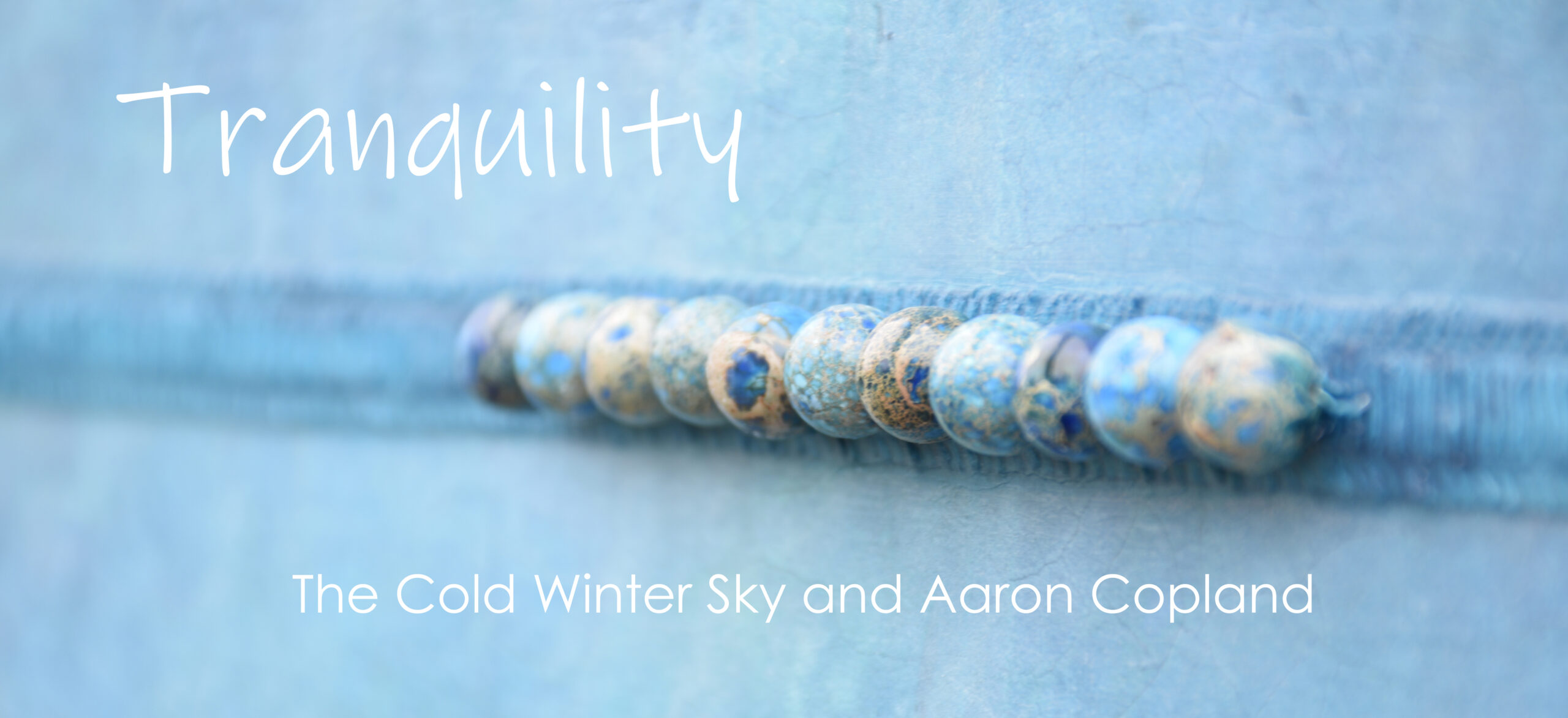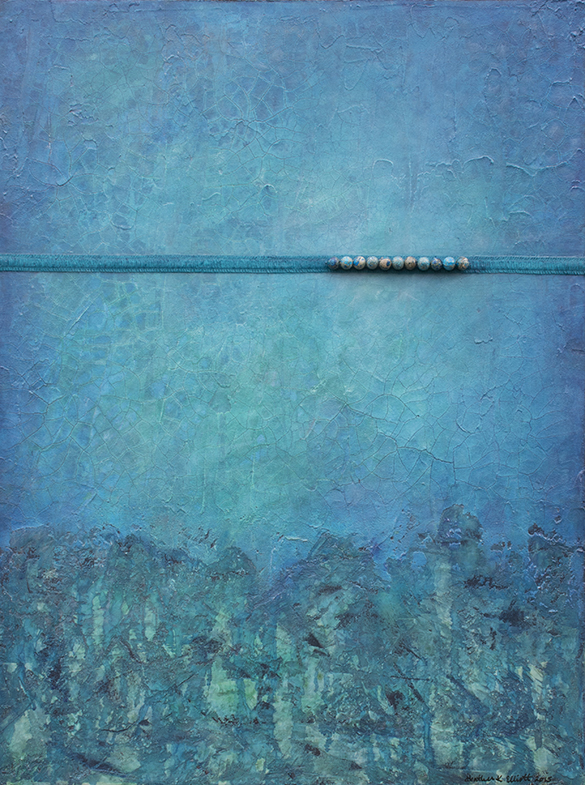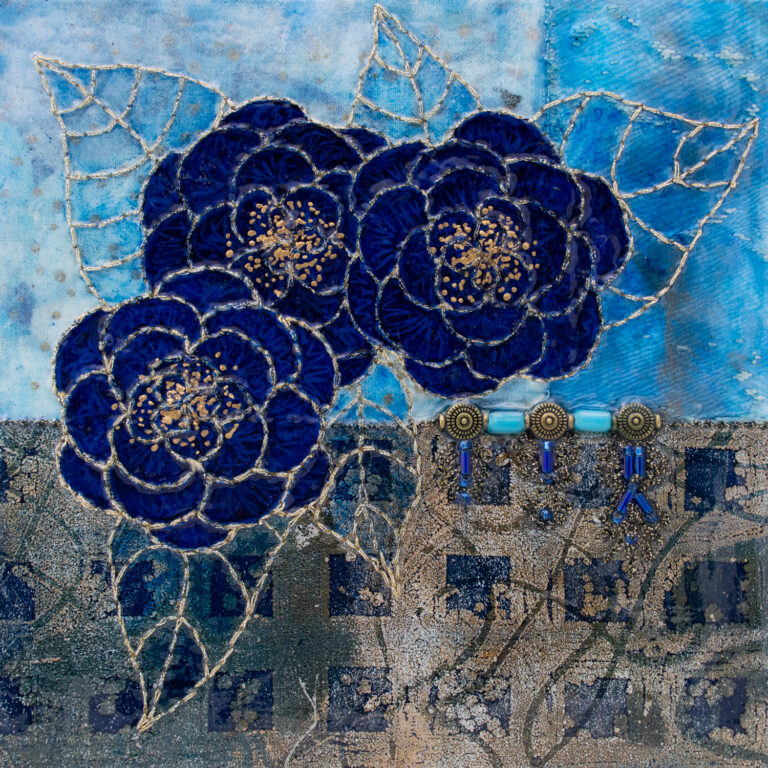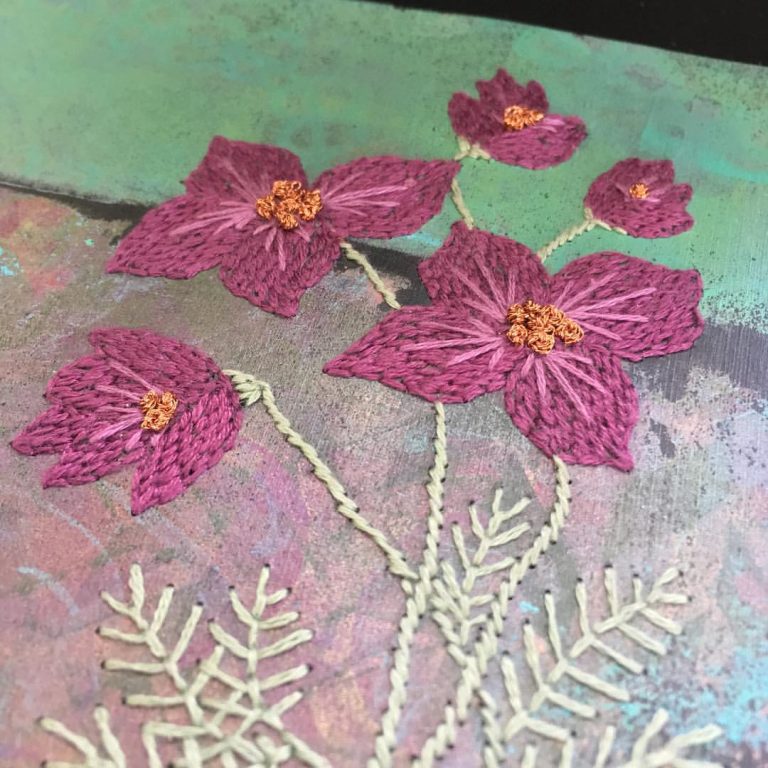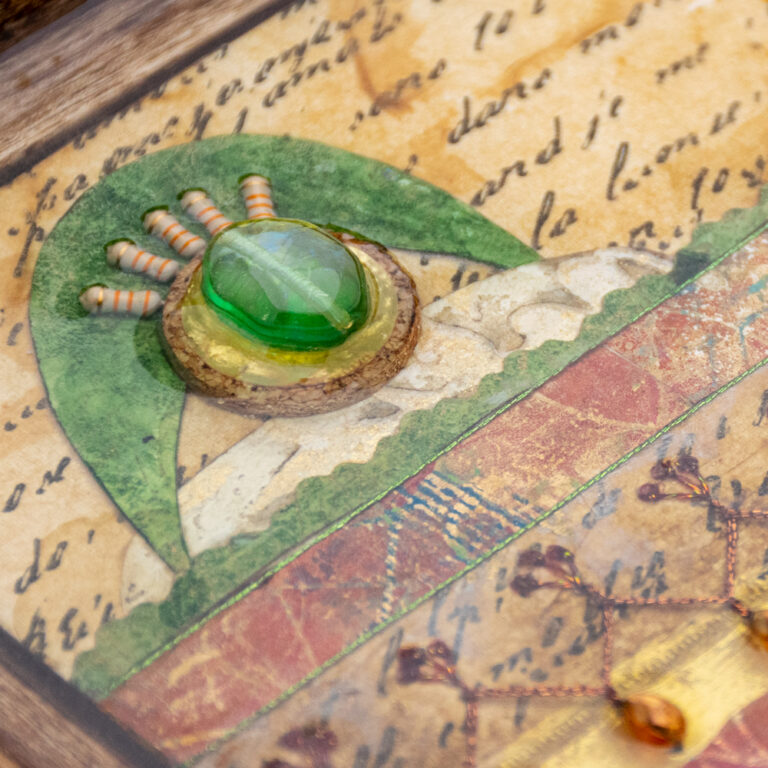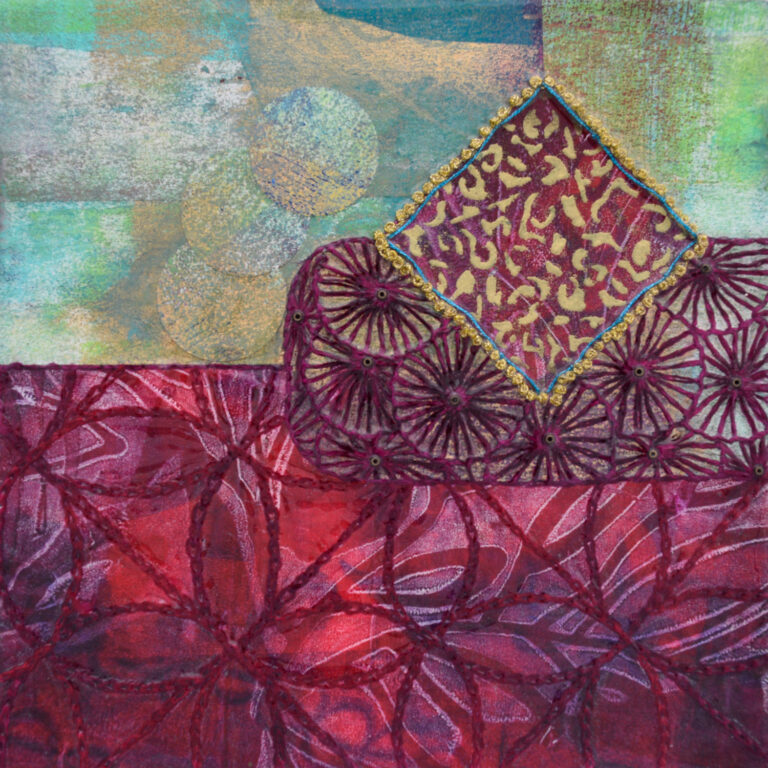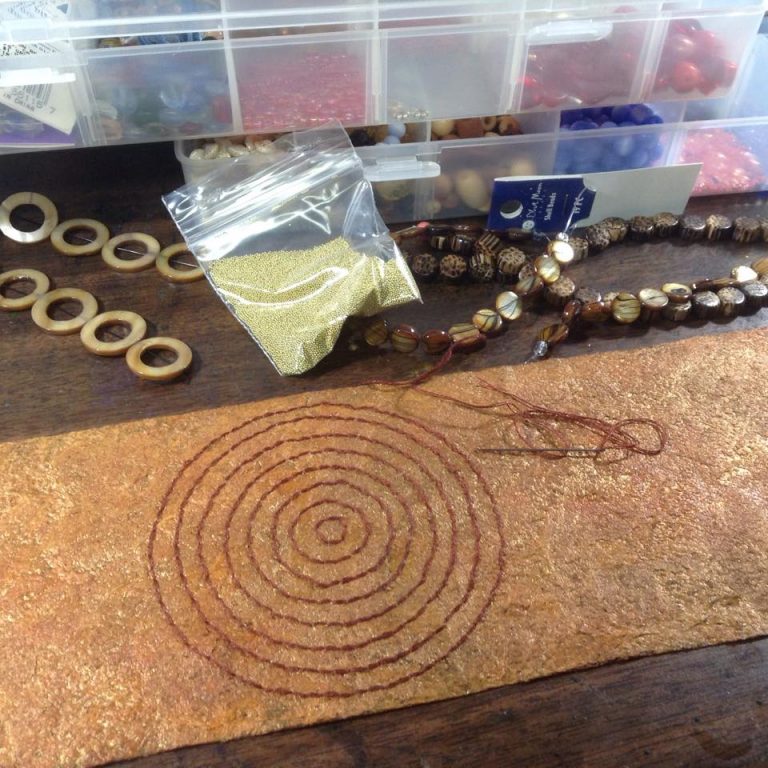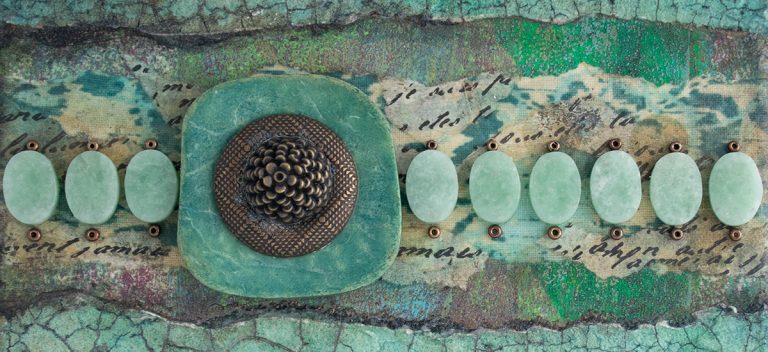The Cold Winter Sky and Aaron Copland
This morning I drove my son to school through the muddled, midwinter streets in east St. Paul. The area has seen better days and I often find it disheartening, especially in this gray season. Lately, the melancholy of winter and the dismal state of our current world have pulled on me. It is bitter cold today (-4°F with a windchill of -26°F), but despite the cold, the sun is shining brightly and the sky is a crisp, perfectly pale cerulean blue.
We usually listen to MPR on our drive and this morning they played Aaron Copland’s Appalachian Spring. I’m always transported by that piece. It speaks to me of the glorious untamed hope of spring, the possibilities of beginning again, and God’s creation made new. He wrote it during the darkest days of WWII, perhaps with a deep longing for hope and peace and beauty.
Today the music made me visualize tiny periwinkle wildflowers springing up along a stream, awakened and alive despite the long, harsh winter and pushing up into the world full of courage and anticipation. A little stream of cold water bubbles and shimmers past. Following the water, we head out into the vast unspoiled wilderness. The contrast to my surroundings and my mood seemed especially striking today, and the musical images together with the beauty of the sky made me tear up.
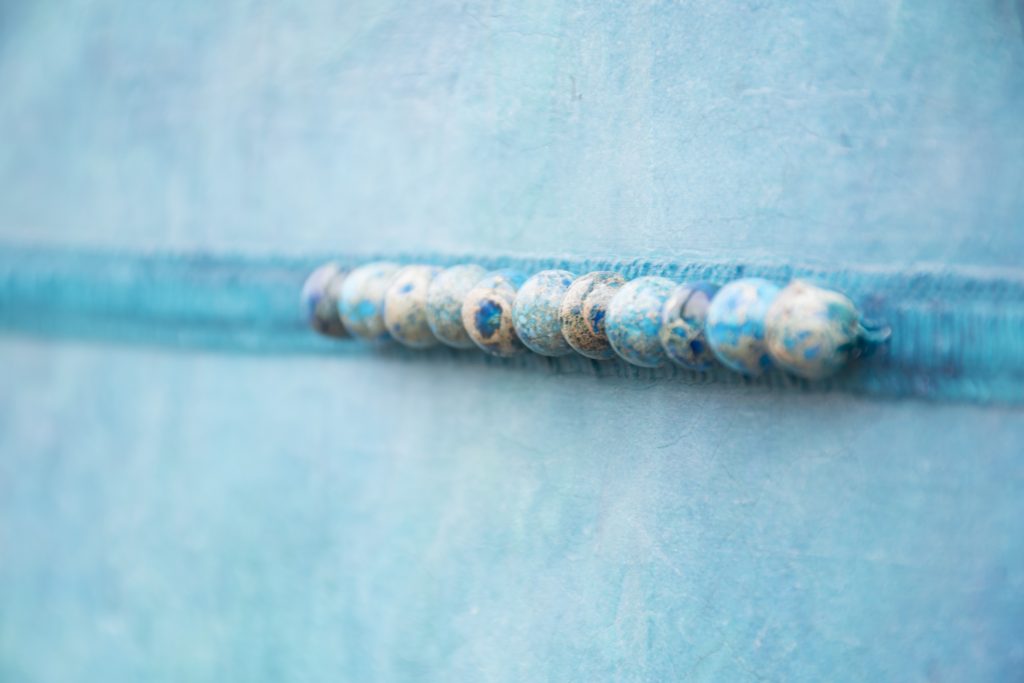
While wandering around in my thoughts with Appalachian Spring I recalled that Fred Child recently featured Copland’s Billy the Kid on Performance Today. He commented on the disparity between Copland’s urban Brooklyn upbringing and his ability to strongly evoke the feeling of the American West. They seem so foreign to one another. Where did Copland get his inspiration? I mulled a bit more and made a connection to an article I read the other day – The Third Self: Mary Oliver on Time, Concentration, the Artist’s Task, and the Central Commitment of the Creative Life. I’m fascinated by the ideas expressed in the article. These three quotes about and from Mary Oliver are particularly pertinent:
She identifies three primary selves that she inhabits, and that inhabit her, as they do all of us: the childhood self, which we spend our lives trying to weave into the continuity of our personal identity (“The child I was,” she writes, “is with me in the present hour. It will be with me in the grave.”); the social self, “fettered to a thousand notions of obligation”; and a third self, a sort of otherworldly awareness.
The first two selves, she argues, inhabit the ordinary world and are present in all people; the third is of a different order and comes most easily alive in artists — it is where the wellspring of creative energy resides.
No one yet has made a list of places where the extraordinary may happen and where it may not. Still, there are indications. Among crowds, in drawing rooms, among easements and comforts and pleasures, it is seldom seen. It likes the out-of-doors. It likes the concentrating mind. It likes solitude. It is more likely to stick to the risk-taker than the ticket-taker. It isn’t that it would disparage comforts or the set routines of the world, but that its concern is directed to another place. Its concern is the edge, and the making of a form out of the formlessness that is beyond the edge.
Intellectual work sometimes, spiritual work certainly, artistic work always — these are forces that fall within its grasp, forces that must travel beyond the realm of the hour and the restraint of the habit. Nor can the actual work be well separated from the entire life. Like the knights of the Middle Ages, there is little the creatively inclined person can do but to prepare himself, body and spirit, for the labor to come — for his adventures are all unknown. In truth, the work itself is the adventure. And no artist could go about this work, or would want to, with less than extraordinary energy and concentration. The extraordinary is what art is about.
So while Copland’s urban childhood and lifestyle seem completely at odds with his ability to evoke the spirit of the American West, his third otherworldly self was intimately acquainted with the wilderness of creativity. In his work, he lived on the edge of his imagination and pulled ideas into being from the void beyond. This requires the same spirit of discovery that the early American explorers had while moving west into the unknown. Perhaps this is what we are really hearing and experiencing when we listen to his work. He knew how it felt to explore in the wilds of his mind, and that translated into his creative work for us to hear and experience with him.
Today I am thanking God for the beauty of the cold winter sky, the spirit and soul of creativity He pours into each of us, and for the gift He gave the world in Aaron Copland. We’re given glimpses of the eternal in our everyday lives if we look for them. I am hopeful.
